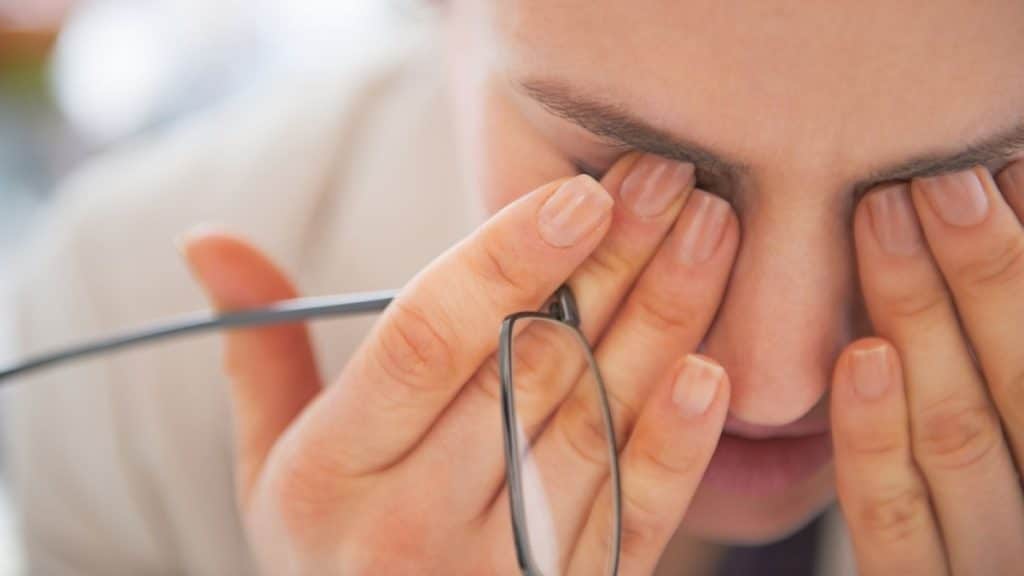Our eyesight is a critical component of daily life, yet it’s one aspect of our health that can be easily overlooked until issues arise. Understanding common vision problems is about recognizing the symptoms and grasping their profound impact on individuals’ lives. This comprehensive look explores various aspects of visual health, emphasizing the importance of preventive care and the promise brought by emerging treatments. Recent data highlights the vast scope of vision impairments worldwide, with conditions like refractory errors frequently requiring treatment because of lack of knowledge or access to care.
Grasping the Scope of Vision Challenges
Vision impairments come in various forms, ranging from mild annoyances like temporary blurriness to severe diseases that can significantly impair one’s ability to perform everyday tasks. The prevalence of eyesight problems cannot be overstated, with the World Health Organization reporting hundreds of millions of cases of visual impairment worldwide. Many optometrists also offer improved eye care services catered to specific eye conditions. To find out if you need a prescription to improve your vision, AbbyJakoBeyes.com conducts sight tests. Additionally, they fit glasses and contact lenses. Since over half of sight loss can be avoided, examining your eyes can help stop or lessen the damage that certain eye conditions can do.
The Subtle Onset of Refractive Errors
Refractive errors, including myopia (nearsightedness), hyperopia (farsightedness), astigmatism, and presbyopia, are among the most common eye disorders experienced across all age groups. The retina is shaped in a way that prevents light from focusing, which causes blurry vision. It is what’s causing this. While these conditions are frequently correctable with prescription glasses, contact lenses, or surgery, many individuals may not recognize their gradual loss of vision, making it imperative to understand the symptoms of these conditions early on for effective management.
Confronting Age-Related Eyesight Conditions
Age-related eye disorders are becoming more common as the population gets older. Conditions like presbyopia, a natural part of aging where the eye begins to struggle with focusing on nearby objects, and cataracts, characterized by clouding of the eye’s lens, are common afflictions. While both conditions can be effectively managed with corrective lenses and surgery, awareness and timely action are crucial to maintaining visual health. It’s important to understand these age-related changes as a part of life and to be proactive about seeking eye care as one age.
Recognizing the Signs of Computer Vision Syndrome
Computer Vision Syndrome (CVS), also known as digital eye strain, is a growing health concern with the increasing screen time associated with work and leisure activities. Symptoms can range from dry eyes and irritation to blurred vision and headaches, signaling the need for individuals to take regular breaks and consider ergonomic adjustments to their workspace.
The Link Between Chronic Health Conditions and Vision
Chronic health conditions, particularly diabetes, can significantly affect ocular health. Being untreated can cause irreversible vision loss, which is why diabetic retinopathy is a significant concern. Similarly, hypertension—the medical term for high blood pressure—can lead to hypertensive retinopathy, which also affects the retina and can cause severe visual impairment. It underscores the critical need for a holistic approach to health care, one that views eye health as integrally connected to overall physical health and thoroughly addresses the systemic effects of these chronic conditions.
Navigating Visual Impairment in Children
The early years are critical for children’s visual development, making it essential to detect and address any vision impairment promptly. Issues such as amblyopia (commonly known as ‘lazy eye’) and strabismus (crossed eyes) can impede a child’s capacity to learn and interact with their environment, leading to long-term educational and social consequences. Hence, regular vision screenings, particularly for children with a family history of vision problems, are imperative to identify and treat potential issues early.
Overcoming Obstacles with Low-Vision Aids
An array of assistive devices can help people with low vision, for whom traditional eyeglasses, contact lenses, or surgery cannot provide visual aid. Tools such as magnifiers, specialized electronic devices, or even apps that enlarge or enhance text and images can help perform daily tasks more effectively. These adaptations help people with low vision maintain independence and continue participating in their usual activities despite visual limitations.
Innovations in Eye Care and Treatments
The field of eye care is witness to continual advancements that push the boundaries of what’s possible in treating eye problems. Innovative approaches are being developed and refined, ranging from new pharmaceuticals that slow the progression of eyesight deterioration to cutting-edge surgical procedures that can restore vision. Leveraging such advancements is critical to treating and potentially reversing the effects of certain eye conditions, offering hope to those affected by severe visual impairments.
Dietary Choices and Eye Health: What You Need to Know
Understanding the relationship between diet and eye health is crucial, as certain nutrients are essential for maintaining good vision. The eyes’ health depends on zinc, other minerals, and vitamins A, C, and E. Foods rich in antioxidants can help combat age-related ocular diseases, and omega-3 fatty acids contribute to retinal health and visual development. By including a diet high in these nutrients, people may enhance their visual health and lower their chance of developing long-term eye disorders.
Eye Health Awareness and the Role of Regular Checkups
Eye care professionals agree regular eye checkups are a cornerstone of preventative health care. Eye exams provide a platform for advice on maintaining visual health and enable the early detection of conditions like glaucoma that may not yet show symptoms. Routine checkups help keep eyesight at its best and allow for the timely treatment of any problems. By recognizing eye health as a priority, individuals can take control of their visual wellness and preserve their quality of life.
